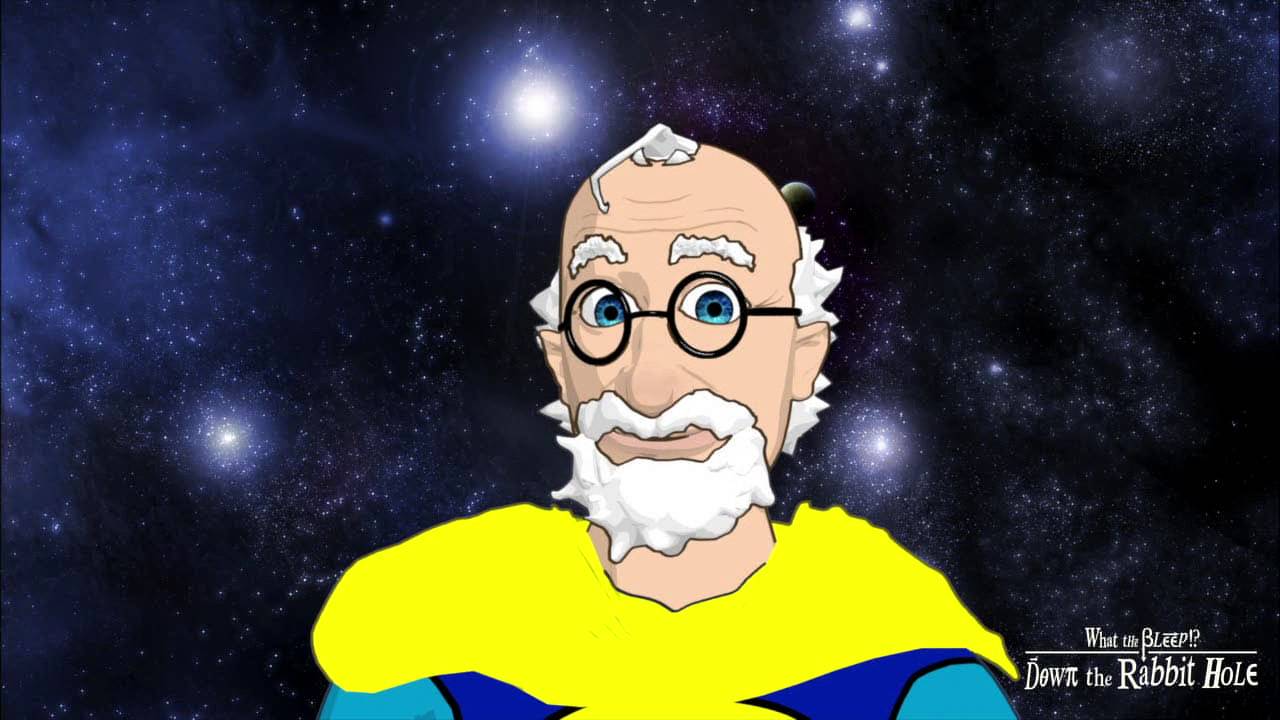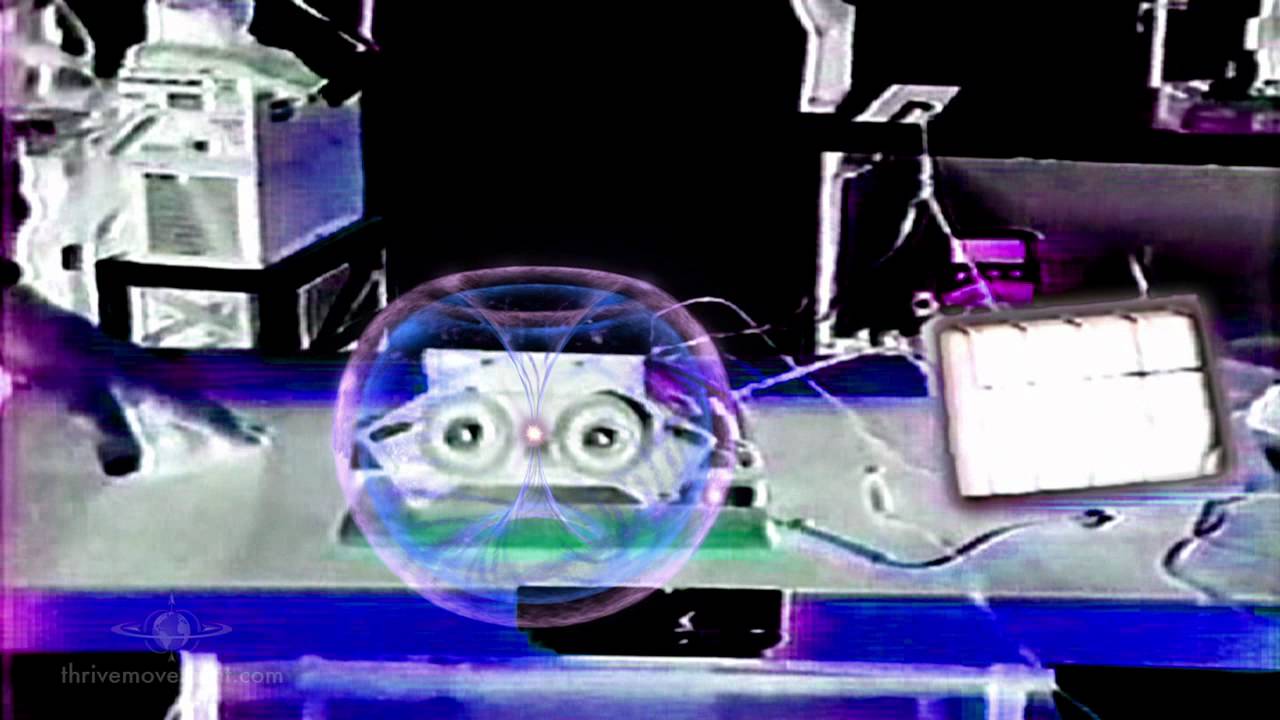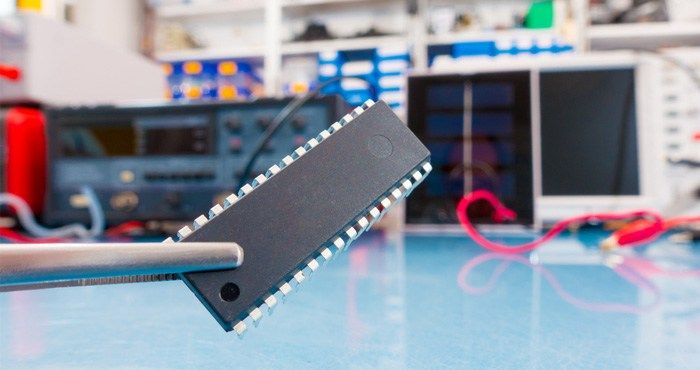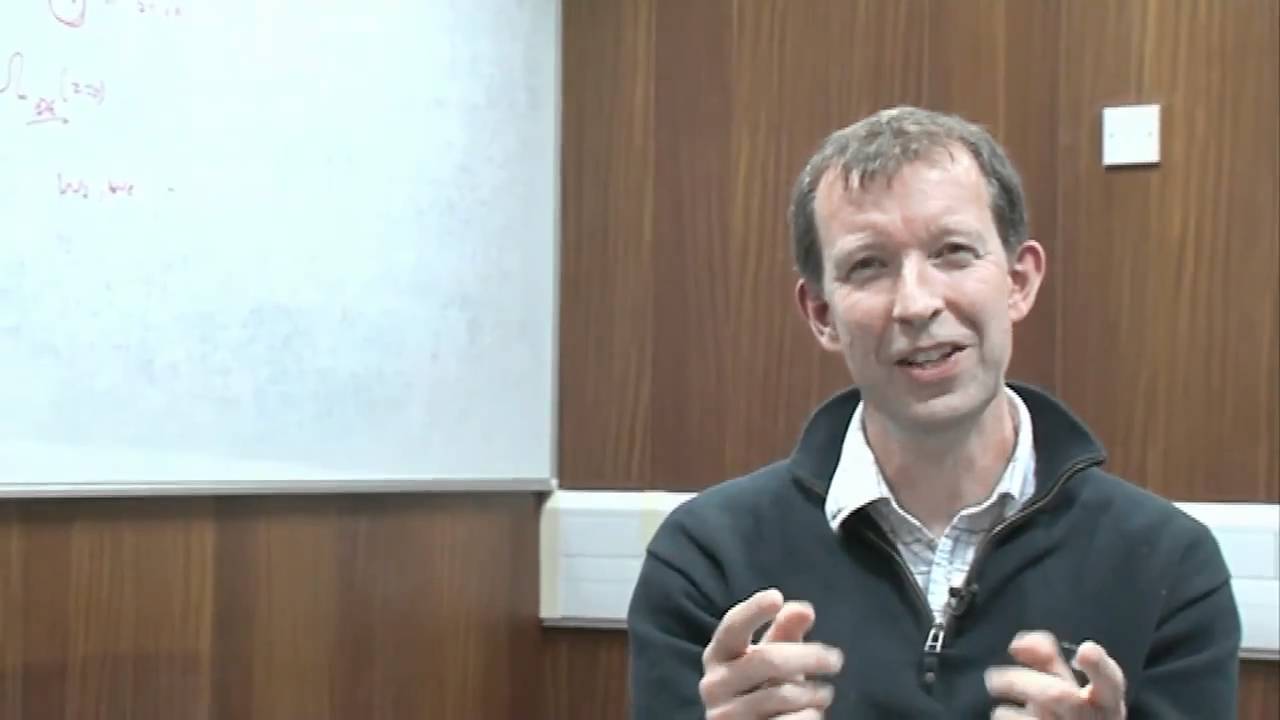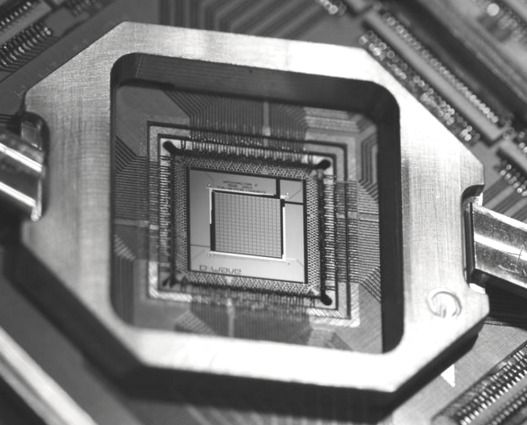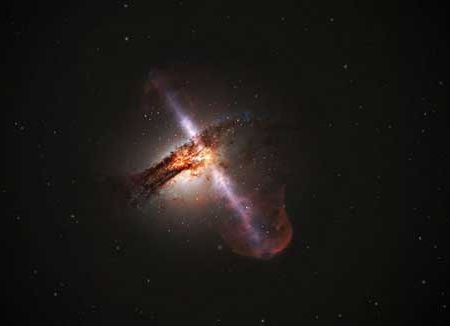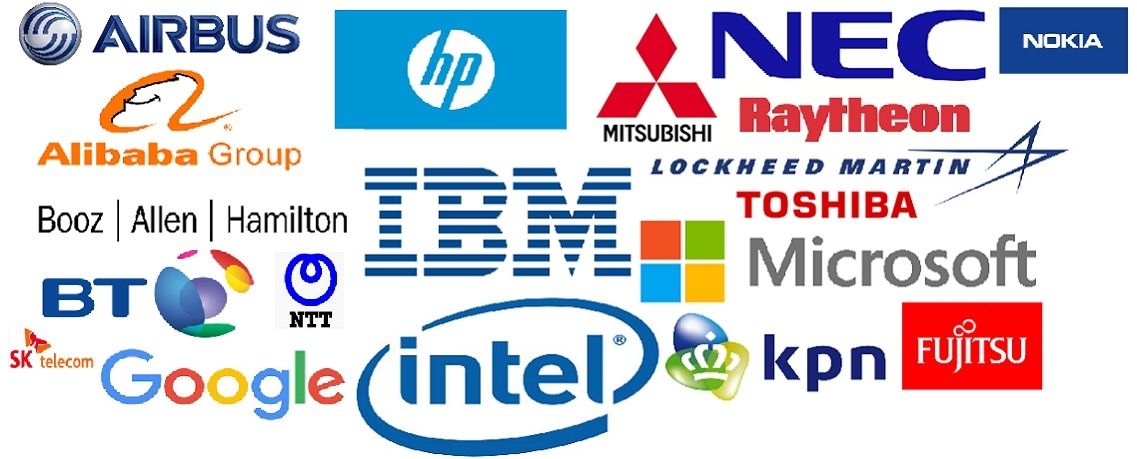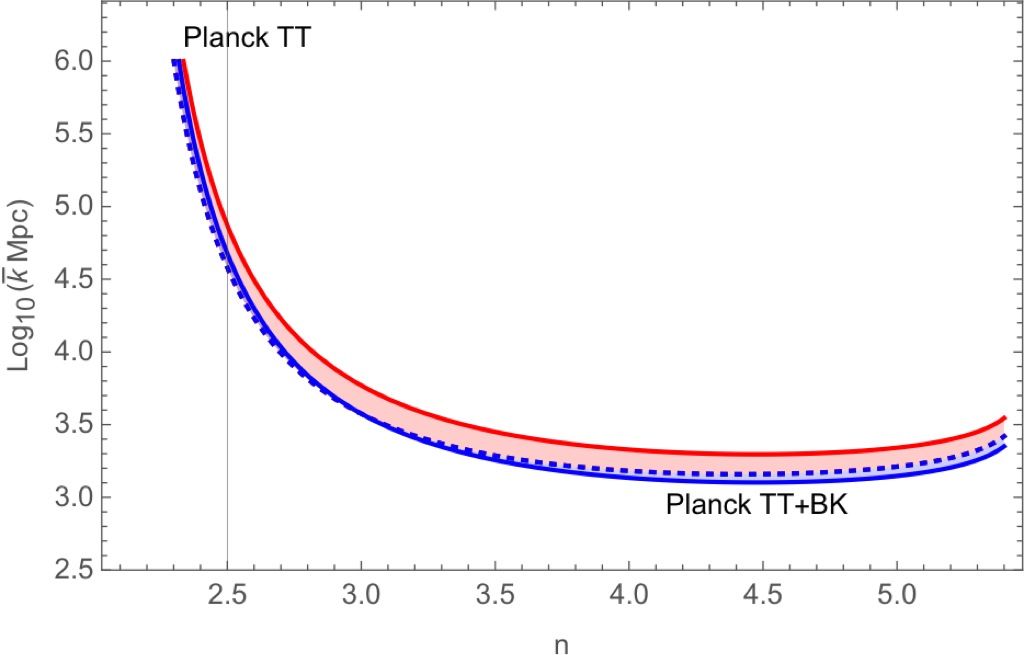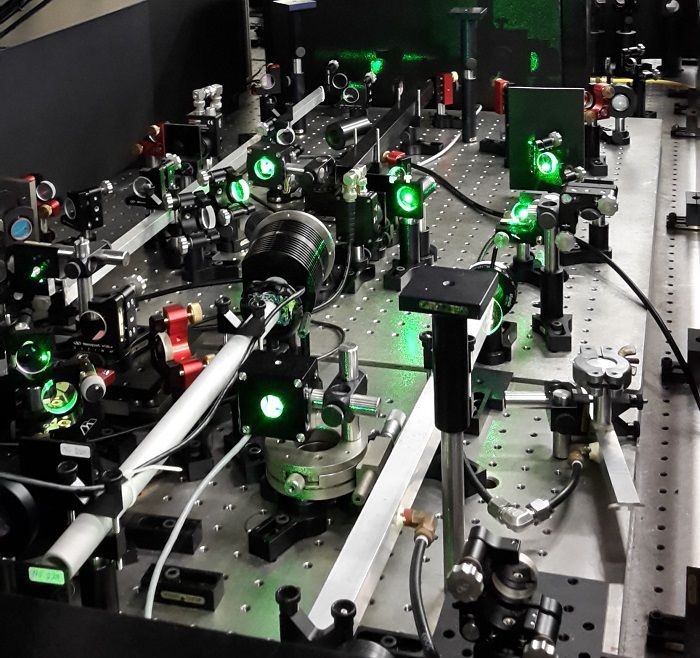Another (more in depth) on Lockheed’s efforts on Space Travel leveraging Quantum Entanglement.
It’s called quantum entanglement, it’s extremely fascinating and counter to what we believe to be the known scientific laws of the universe, so much so that Einstein himself could not wrap his head around it. Although it’s called “quantum entanglement,” though Einstein referred to it as “spooky action at a distance.”
Recent research has taken quantum entanglement out of the theoretical realm of physics, and placed into the one of verified phenomena. An experiment devised by the Griffith University’s Centre for Quantum Dynamics, led by Professor Howard Wiseman and his team of researchers at the university of Tokyo, recently published a paper in the journal Nature Communications confirming what Einstein did not believe to be real: the non-local collapse of a particle’s wave function. (source)(source), and this is just one example of many.
They did this by splitting a single photon between two laboratories, and testing whether measurement of it in one laboratory would actually cause a change in the local quantum state in the other laboratory. In doing so, researchers were able to verify the entanglement of the split single photon.
